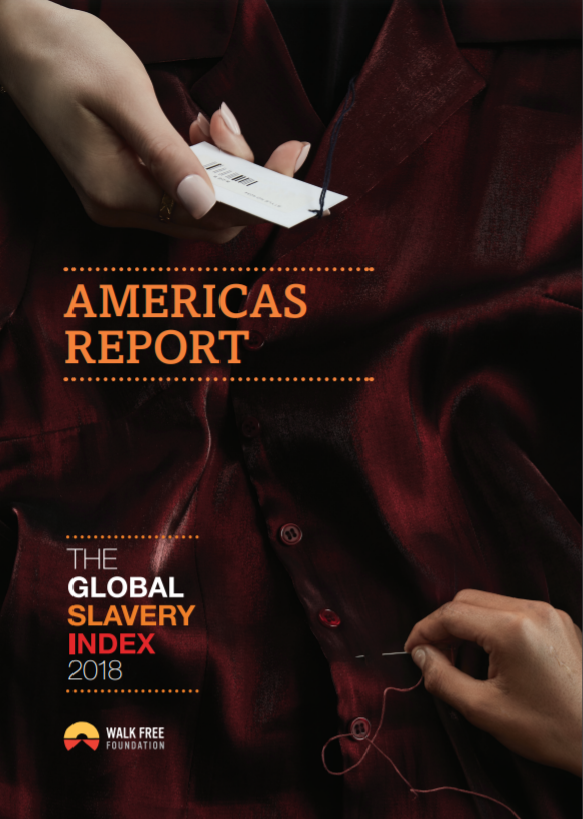Training Manual to Fight Trafficking in Children for Labour, Sexual and Other Forms of Exploitation Facilitator's Guide

The course is structured to move from understanding and knowledge to action, with the vital intermediary stage of planning. It is organized into three textbooks (and a related exercise book): Textbook 1 covers understanding of child trafficking, and aims to cover the main concepts involved so that there is clarity and common understanding but also so that variations (for example national variations in legal definitions) can be shared and considered. It also includes facts and figures designed to give a ‘snapshot’ of child trafficking across the world, and looks at how statistics and data can be gathered and used so that such a snapshot is clear and usable. The final session in this book explores the people involved in anti-trafficking efforts. Once all this is covered, the group is ready to move on to plan effective action. Note that it is important to ensure that there is a smooth transition between this theoretical section and the action-oriented section that follows; the link is through National Action Plans (NAPs), which take all the theory/research/mapping/data and formulate them into a plan for action. It is important,
throughout the course, to keep referencing policies and actions within the framework of the NAP (and other equivalent frameworks, including at local, regional and other levels).
Textbook 2 will differ according to the course participants but is generally organized around the actions that can be taken by the various groups under four main headings: Broad protection of children/building a protective environment; prevention of the crime of trafficking; law enforcement; and victim assistance. The principal sectoral roles and responsibilities of each group are examined in more detail. For each topic, there is a generic section, followed by ‘GWEN’ – individual notes for Governments, Workers’ organizations, Employers’ organizations and NGOs/international organizations. It is useful, of course, for all participants to consider all the roles, but you will want to concentrate – depending on the participants in the course – on the specifics. For government representatives, for example, there is a focus on policy and action on social issues such as poverty reduction, education and youth employment, as well as important
trafficking-specific policy areas like migration, recruitment and labour. For workers’ organizations, the focus is more obviously on workplace actions including monitoring and standards, reporting, combating discrimination and protecting migrant workers. Employers will look at some of these areas too, as well as social auditing, codes of conduct and sectoral agreements. NGOs, international agencies and civil society representatives will focus on their role in influencing and informing policy, and the kinds of direct assistance that can be implemented.
Textbook 3 focuses on ‘matters of process’ to underline the message that not only what you do is important, but how you do it. It covers areas such as advocacy and mobilization, working with the media, building partnerships, child participation, monitoring and evaluation, and learning and sharing lessons.
Throughout the course, the focus is on child trafficking as a violation of the rights of the child, and a worst form of child labour.
Country
Worldwide
Region
Worldwide
Year
2009
Topics
Category

